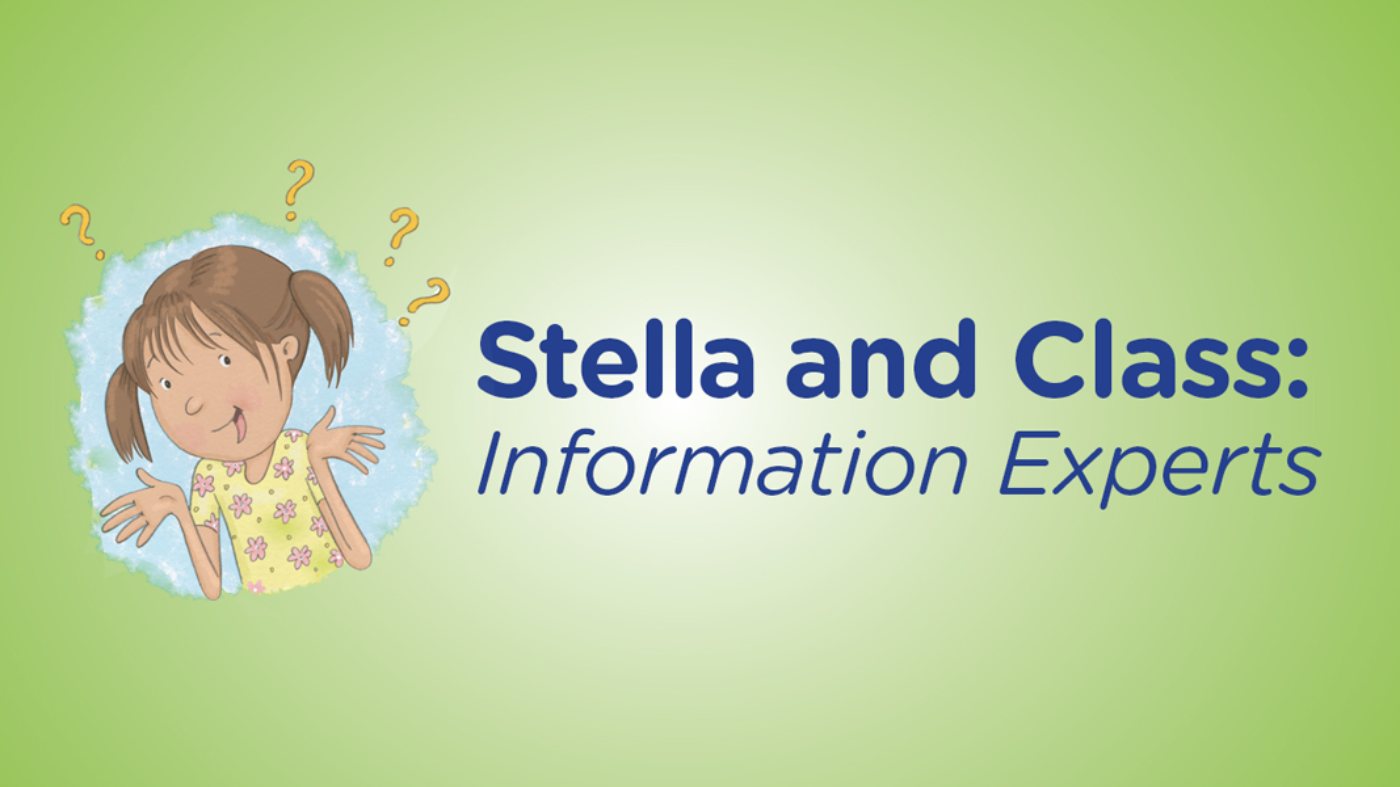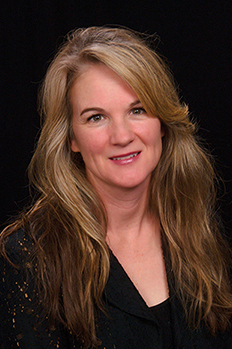Capitalize on Student Interest
Keep your eyes and ears open to things students question at any time of the day. Suggest they find out more, share what they find, and possibly write about it. This doesn’t have to happen in a formal way, but a healthy curiosity and thirst to find out is beneficial to informative writers. Add students’ ideas to your Running Topics List.
Start Small
Stella’s class focuses on several questions about chameleons. With younger students (or if this is your class’s first experience with informative writing), start smaller. You may even focus on just one question to investigate together. Working as a group, follow the steps Stella and her class follow: Comb a few sources, collect details on sticky notes, evaluate your findings, and confirm facts on the internet.
Like in the book, the best way to begin is with modeling and shared writing, not independent writing. Students will likely need a lot of guidance and several shared experiences before branching out on their own (or with partners or groups).
Organizing Information
Whether it’s a graphic organizer, a color-coded list, index cards, or chopping apart a page of notes to sort into categories, one cannot escape the importance of teaching students how to organize information for writing. One of my preferred methods is to have students jot details they find on sticky notes. Kids love to use them and they can be easily rearranged.
Once writers have some key details that answer their questions, it’s pretty simple to sort them into categories. Older students can work to sort the details in order of importance while younger ones might focus on whether the details really answer their question.
I favor methods that lead to independence rather than having students become overly dependent on someone handing them a graphic organizer before they start thinking and writing. They can create their own charts by folding papers into columns (two columns per page so the sticky notes fit), taping papers together (if they’re addressing more than two targeted research questions), and labeling the tops of their columns with their questions or categories. No fancy graphic organizer needed!
It takes a lot of modeling and shared practice for students to adopt strategies like this into their own independent repertoires, but this simple idea can go a long, long way.
Confirming Information
Informative writers must be accurate. Teach students to check, check, and recheck their facts against several sources. I recommend using videos from the internet that show the real subject in action. Preview the clip for content, and if the audio is inappropriate, simply turn it off when you play the clip for students. You don’t have to show the whole clip, but I guarantee your students will be oohing and ahhing!
Innovating on the Text
Stella, Ms. Merkley, and class came up with a nice, easy structure for their chameleon writing, with a punchy refrain. Why not use it as a mentor text and mimic it? The structure could go with just about any type of informative writing:
Start with one or more questions as the introduction. “What can _____?” Or, “Who can _____?” End that section with: “_____ can!”
For the body of the piece, write about one category of information at a time, ending with a question like: “How would you like to _____?” or “Can you _____?” Then the statement: “_____ can!”
Conclude with: “_____ is no ordinary _____. _____? Check. _____? Check. _____? Check. _____ can!”
Be sure to adjust the number of questions in your conclusion to match your introduction and your information. Again, include just one or two categories of information for younger students. Older or more skilled writers can investigate further, perhaps even using the above text structure independently to create their own text.

